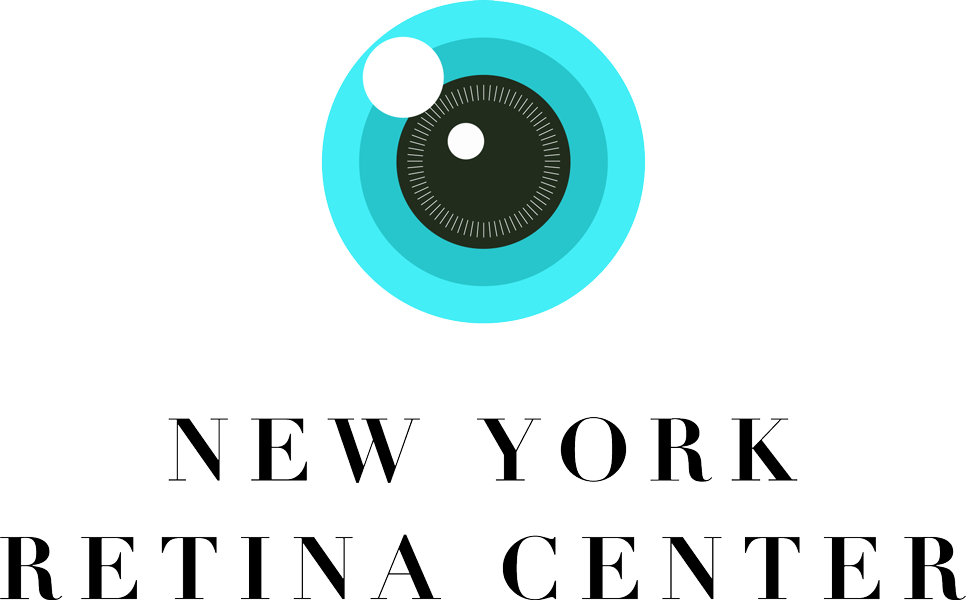Do you find yourself squinting to see distant signs or struggling to read the board across the room? These are signs of myopia, or nearsightedness, which can cause faraway objects to appear blurry while close-up vision remains clear. At New York Retina Center, Dr. Brandon Johnson provides expert, compassionate care to help you see clearly again.
What is Myopia?
Myopia, commonly known as nearsightedness, is a refractive error that affects how light focuses inside your eye. In a healthy eye, light rays focus on the retina, producing a clear image. In myopia, however, the eye is slightly longer or the cornea is too curved, causing light to focus in front of the retina. This causes distant objects to appear blurry, while close-up vision remains sharp. Myopia often develops in childhood and may gradually worsen over time, especially during growth spurts or prolonged screen use.

Common Signs & Symptoms of Myopia:
- Blurry vision when looking at distant objects, such as road signs or classroom boards
- Squinting or partially closing the eyes to see more clearly
- Eyestrain or headaches after prolonged focus on distant tasks
- Difficulty seeing clearly while driving, especially at night (night myopia)
- Frequent rubbing of the eyes or blinking to improve focus
- Sitting very close to screens or holding books too near the face
What Causes Myopia?
Myopia occurs when the shape of your eye prevents light from focusing correctly on the retina, the light-sensitive tissue at the back of your eye. This often happens because the eyeball is too long from front to back, or the cornea is too curved, causing light to focus in front of the retina instead of directly on it. As a result, distant objects appear blurry.
Several factors can contribute to the development or progression of myopia, including:
- Family history of nearsightedness
- Prolonged close-up activities (reading, computer or phone use)
- Insufficient time spent outdoors during childhood
- Visual stress or eye strain from near work
- Certain health or environmental conditions affecting eye growth
When to Seek Treatment for Myopia?
You should seek treatment for myopia when blurry distance vision starts affecting your daily activities, such as driving, reading signs, or watching TV. Frequent squinting, headaches, or eye strain can also signal the need for eye care. Because myopia can worsen over time, especially in children and young adults, regular eye exams are essential. Early detection at New York Retina Center allows Dr. Johnson to provide timely and effective vision correction.
How is Myopia Treated?
Treatment for myopia focuses on improving how light is focused on the retina, allowing you to see distant objects clearly. The most common treatments include prescription eyeglasses or contact lenses, which correct the refractive error and restore clear vision.
For patients seeking more permanent solutions, laser vision correction procedures (such as LASIK or PRK) reshape the cornea to restore normal vision. In certain cases, refractive lens exchange may also be recommended. Dr. Johnson carefully tailors each treatment to your unique eye health and lifestyle, ensuring optimal clarity and lasting results.
Schedule Your Consultation
New York Retina Center is a leading ophthalmology practice in Manhattan dedicated to preserving and restoring your vision. Under the care of Dr. Brandon Johnson, our board-certified ophthalmologist trained at the prestigious Wills Eye Institute and Emory University, you’ll receive personalized, advanced treatment for myopia and other vision conditions. Schedule your myopia consultation today and see the world with clarity again.
